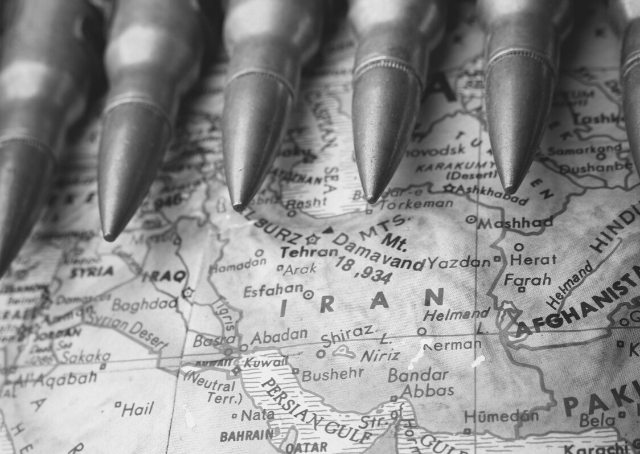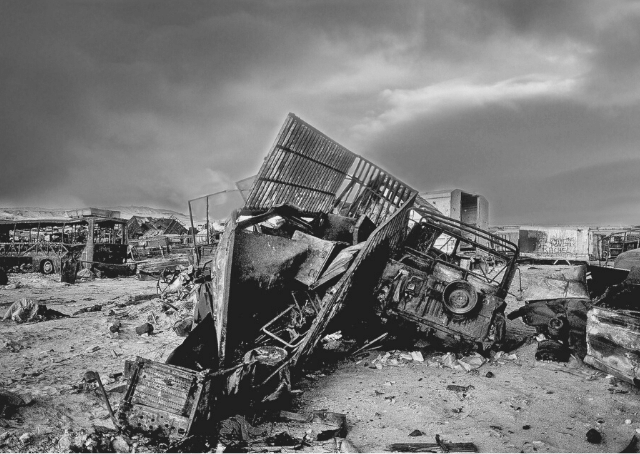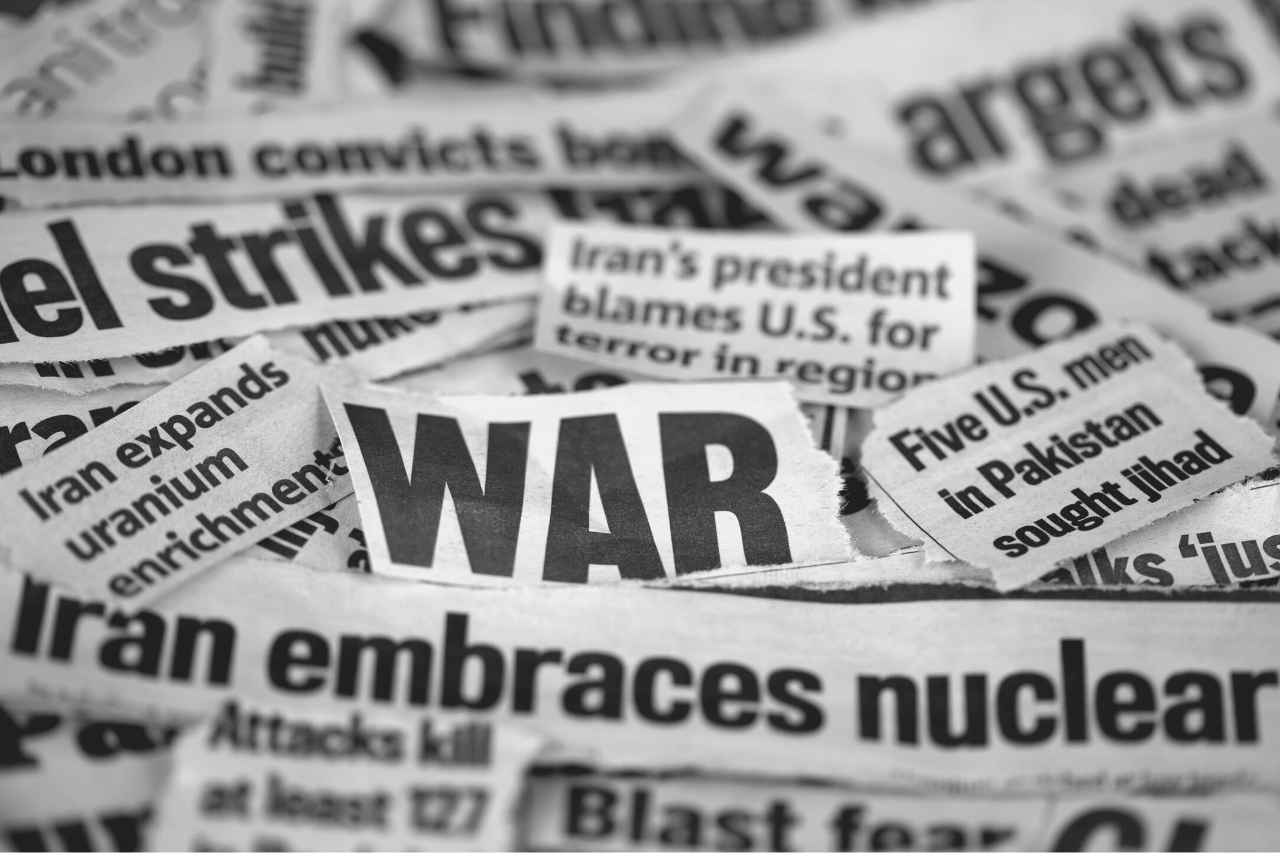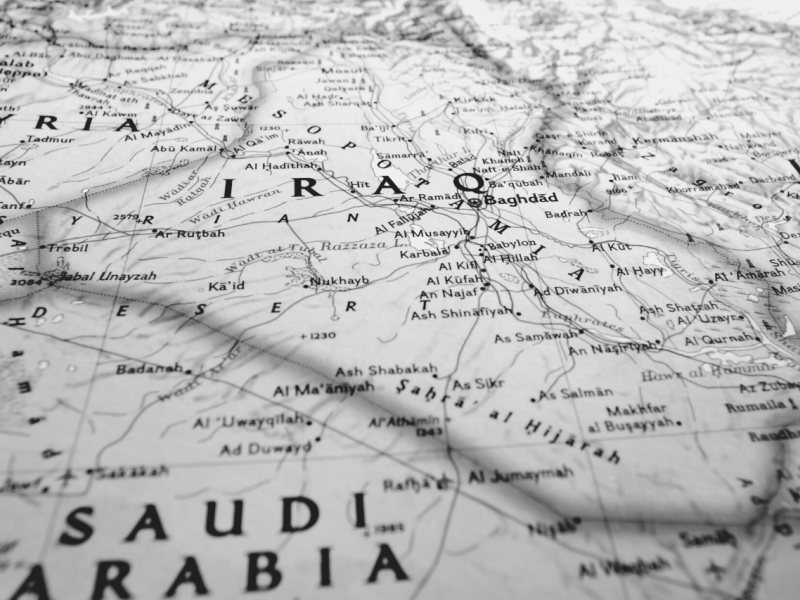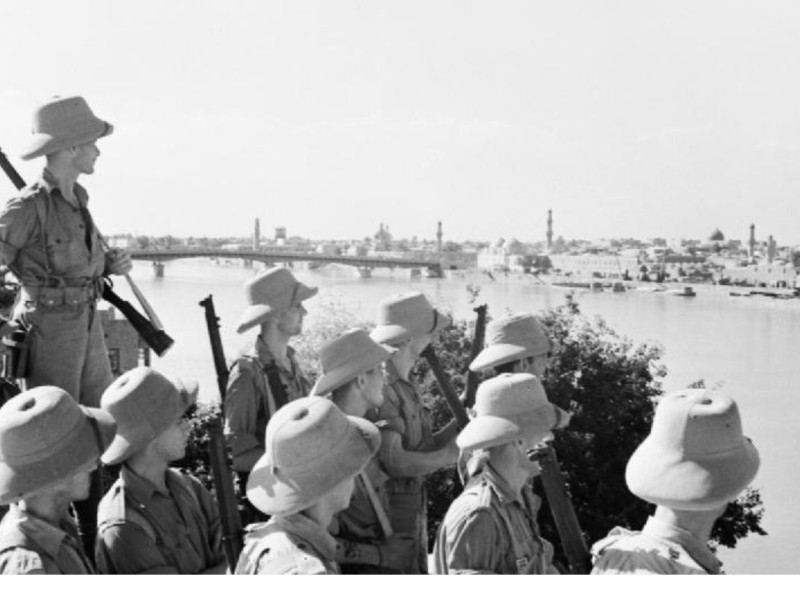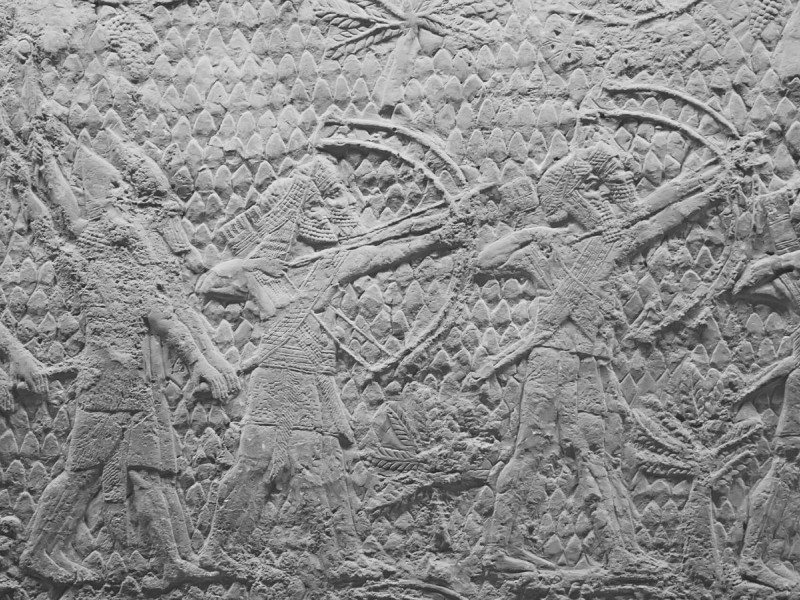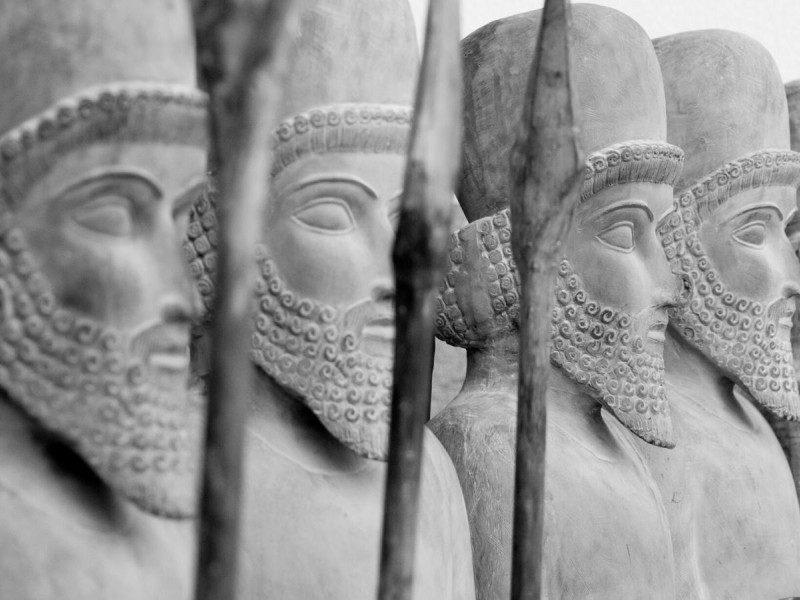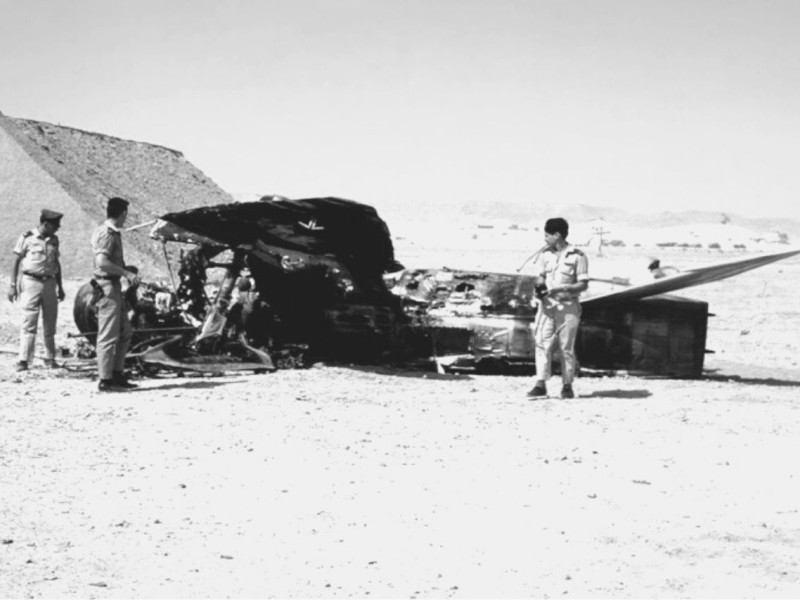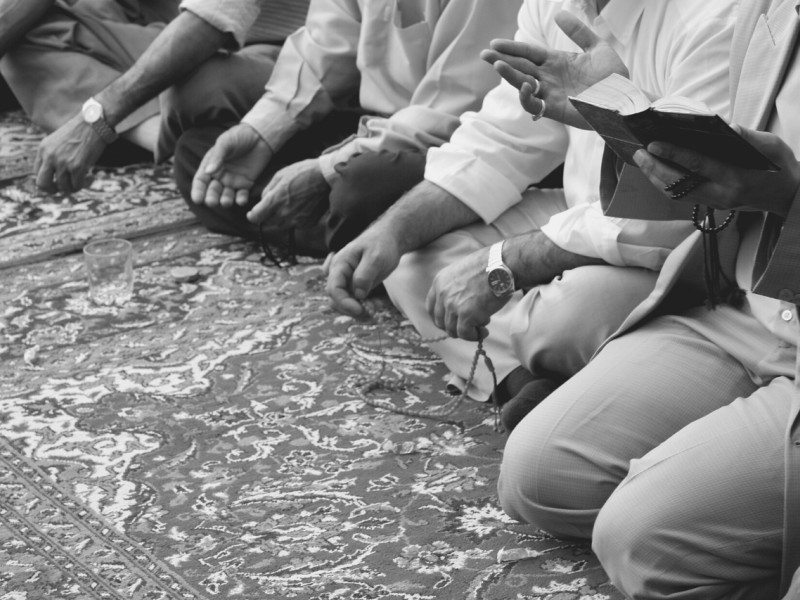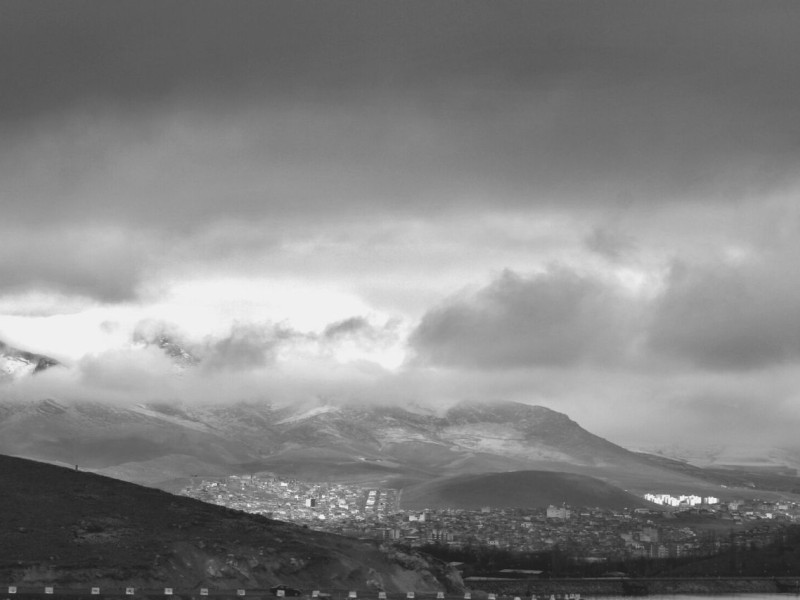Iran-Iraq War: The Eight-Year War that Killed Millions
The Iran-Iraq War, also known as the First Persian Gulf War, was an eight-year war from 1980 to 1988. It claimed millions of lives and amounted to a billion dollars of wasted money.
The economic cost was over a trillion dollars. It was one of the biggest and longest interstate wars since the Korean War in 1953.
It was also considered one of the deadliest wars in modern history, often compared to World War I for its similar fighting tactics and level of brutality.
Despite happening over forty years ago, the legacies of the war can still be seen today.
Why Did The Iran-Iraq War Start?
The Iraq and Iran war started because of several territorial and political disputes. Started by Iraq dictator Saddam Hussein, the war was marked by ballistic missile attacks and chemical weapons. It also involved attacks on oil tankers found in the Persian Gulf.
Before the war, under Saddam Hussein, Iraq reoriented its foreign policy from the Arab-Israeli conflict to the Gulf. This brought Iraq closer to other pro-Western states such as Kuwait, Saudi Arabia, Jordan, and Egypt. In Iran, a different kind of political system took over. After a period of instability came the world’s first Islamic Republic. It was headed by a spiritual leader and governed by the president and parliament.
Saddam Hussein used the war between Iran and Iraq to establish a totalitarian dictatorship. Even before the war, Saddam had already started a brutal campaign against the country’s Shiite opposition. Like Stalin’s “Great Patriotic War,” Saddam presented the war in Iran as a fight against the Shiites.
The causes of Iraq war were also attributed to the oil-producing region of Khuzestan, which lies on Iran’s border. Saddam Hussein during that time also wanted to control both banks of the Shatt al-Arab river formed by both Tigris and Euphrates, which historically bordered the two countries. Saddam was concerned mainly over Iran’s Islamic revolutionary government who tried to incite rebellion among Iraq’s Shi’i majority.
According to Saddam, Iraq’s invasion of Iran was simply a defensive action against the spread of the Islamic Revolution. They said they were protecting their country and other gulf countries. He thought that the Gulf countries would help finance his program. When the support dwindled after the war ended, Iraq was greatly angered.
The War
From 1979, border clashes already occurred frequently. In September 1980, the Iraqi army advanced into Khuzestan, taking Iran by surprise. They bombed ten air bases and launched the brutal war that would drag on for eight long years. The Iraq military captured the city of Khorramshahr but failed to take the oil-refining center of Abadan.
In 1981, the land war escalated into tanker wars when Iraq began attacking ships going to Iranian ports. Iran reciprocated by attacking oil tankers of neutral countries. Iraq hoped that Iran’s revolutionary chaos would make them weak. However, Iran was unexpectedly strong, which resulted in both sites fiercely fighting for months. The Iranian counterattacked using the Iran revolutionary guards. They recaptured Khorramshahr in 1982.
Iran’s revolutionary guards were a new paramilitary organization that was created to protect the new regime. At first, they refused to fight alongside the army, which resulted in various losses. In 1982 they finally began carrying out combined operations. Under the Revolutionary Guard was the “Army of 20 Million,” also known as Basij. These were poorly armed members aged from twelve to 70. They were used as human wave attacks and were assigned with specific objectives.
Later that year, Iraq withdrew its forces and began seeking peace with Iran. However, under Ruhollah Khomeini’s leadership, Iran remained intransigent and continued war to overthrow Saddam Hussein. He was determined to exact vengeance and demanded compensation for war damage and the removal of Saddam Hussein.
For the next five years, Iran led the offensive. In 1984, Iran captured the oil-rich Majnoon island and Fao peninsula of Iraq. The following year both countries started targeting their opponent’s capital launching missiles. Iran repeatedly launched fruitless infantry attacks towards Iraq. At this time, Iran had limited offensive means. They didn’t have as much weaponry as Iraq, but they had more soldiers. During the war, they didn’t have the equipment to cut wires, so instead they would throw themselves on the wires so other soldiers could pass over.
Both nations engaged in air and missile attacks against other cities. Iran also resorted to using chemical weapons, a move that was highly criticized by the international community. They also attacked each other’s oil tanker shipping in the Persian Gulf.
In 1987, Iran’s attack on Kuwait and other Gulf states' tankers brought several western European nations and the U.S. to station warships in the Gulf. They wanted to ensure oil flowed to the rest of the world. Iraq’s war effort was then financed by Saudi Arabia, Kuwait, United States, and the Soviet Union. They viewed Iran as a greater danger to the Gulf States. Iran’s war effort and primary allies were only Syria and Libya. Syria helped Iran by sending its military to divert Iraqi forces from the Iranian front. Iran also received most of its weapons from Libya, Israel, China, and North Korea.
By 1988 Iran was already demoralized because of its persistent failure. On July 18, 1988, Iran accepted the U.N. Resolution 598, calling for an immediate cease-fire. However, a few Iraqi attacks continued for a few more days. Iran agreed to accept the treaty and withdraw troops as well as give back all prisoners of war. The truce came into effect only on July 20. The war took an estimated 1.5 million lives.
Origins of the War
Since the 16th and 17th century, when Iran was known as Persia and Iraq was known as Mesopotamia, the two regions continually fought over Shatt al-Arab’s control until signing the Treaty of Zuhab in 1639, which established the borders between the two countries. Shatt al Arab was an essential region for oil-exporting. Both agreed to respect freedom of navigation in the waterway.
In 1969, Iran evaded the treaty and declined to pay tolls to Iraq when their ships used the waterway. The Shah justified his decision by arguing that the treaty was unfair to Iran. Iraq threatened war over this, but when Iranian warships sailed over the river, Iraq did nothing. This marked the beginning of Iraq and Iran tension that would last until 1975.
By the 1970s, Iraq started to build new pipelines that ran through Syria and Turkey. They also developed new port and offshore oil-loading terminals in the Persian Gulf. Iran also built new facilities on Kharg Island in the Gulf.
In 1975 through the Algiers Agreement, Iraq made territorial concessions in exchange for normalized relations. In return for recognizing the frontier on the waterway, Iran would end its support of Iraq’s Kurdish guerillas. By 1978 their relationship briefly improved until Iraqi spies discovered Iran’s plans for a pro-Society coup d’etat against Iraq’s government.
When Saddam Hussein discovered this plot, he ordered dozens of his army’s officers executed and expelled Khomenei. He also believed that the 1975 Algiers Agreement was simply a truce rather than a settlement. He waited for an opportunity to contest and strike hard.
In 1979, the Islamist insurgency accelerated in Syria. The Middle East experienced an era of instability and turbulence. Iraq believed they were strong, especially after revolutions in Iran made the military physically and institutionally weak and removed the West’s support. Iran, however, proved more resilient than ever.
Between 1973 to 1980, Iraq had purchased an estimated 1600 tanks and over 200 Soviet-made aircraft. By 1980, Iraq already had 242,000 soldiers, 2350 tanks, and 340 combat aircraft. After the weakening of the Iranian army, he saw an opportunity to attack using the threat of an Islamic Revolution.
The Role of Religion in the War
Many scholars have argued that religion was also an issue that may have contributed to tension between the two countries. Although both nations were Muslims, the leaders of Iraq were primarily Sunni, and Iran's were Shiite. The ruling Ba’ath Party in Iraq was considered pro-Soviet and socialist. At the same time, the Iranian Shah was anti-socialist and pro-Western. Many believed that the war was between Sunni-led Iraq and the Shia revolutionary Iran.
The conflict escalated after the Iranian revolution when Ayatollah Khomeini, who in exile in Iraq, encouraged former allies to overthrow Saddam Hussein because of his anti-Islamic ways. Saddam responded by punishing Shiite fundamentalists and supporting Arab separatists in Iran.
Another reason for Iraq’s invasion of Iran was to prevent Khomeini from exporting the Iranian Revolution Movement to the Shia-majority Iraq. It threatened the Sunni- dominated Ba’athist leadership in the country. Saddam Hussein waged war on Iran was to prevent Iran’s Islamic Revolution from reaching other Arab countries.
Furthermore, Saddam Hussein wanted Iraq to replace Iran’s dominant state in the Persian Gulf. This was not an easy task, knowing how strong Iran’s military and economy were during that time. Iran during this time also had close ties with Israel and the United States.
How the Superpowers Reacted To The War
For the U.S., USSR, and China, the Iraq-Iran war was primarily an economic affair. USSR supplied arms to both sides in exchange for oil barrels. Eventually, Iraqi arm debts would affect the Soviet economy after the war. In the last years of war, the USSR also suffered from leadership problems due to the failure to prevent American military incursion into the Gulf.
China viewed the war as an opportunity to sell arms in exchange for oil that would fuel its economy. For the first time, China became a major provider of arms in the Middle East conflict. It was also during the Iran-Iraq war when China started becoming dependent on Iranian oil. Having access to oil allowed China to flourish its economy.
The U.S. government supported Iraq and gave several billion dollars' worth of economic aid. Iran has repeatedly accused the U.S. of encouraging Iraqi leader Saddam Hussein to invade Iran, supported by a considerable amount of evidence. However, the U.S. continually denies this as no conclusive proof has been found.
Effects of the Iran-Iraq War
The Iran and Iraq war was the first major regional conflict that turned into a very deadly war. It also showed how vulnerable Gulf oil was and how overreliance on it could bring disastrous consequences. The war resulted in efforts to diversify sources of oil worldwide.
One of the key dynamics during the war was Iran’s mobilization of Iraqi Shiite opposition groups. Tehran has extended support to these opposition groups like Kurds. They were focused on encouraging a Shiite insurgency campaign within Iraq. In Iran, people call the war “The Imposed War” and the “Holy Defense.” In Iraq, media dubbed the war Saddam’s Qadsiyyah about the seventh century battle of al-Qadisiyyah where Arab warriors overcame the Sasanian Empire during the Muslim conquest of Iran.
Iran and Iraq’s economies suffered severely after the war. At least 157 Iranian towns with populations reaching 5,000 were damaged or destroyed. Some 1,800 villages were also wiped off the map. During the 1970s, Iran’s oil industry was on an upward trend reaching a record oil production of 3.3 million barrels per day. This plummeted to 0.8 million after the war.
The war also damaged the Iraqi economy, which took long years to get back to normal. For a long time, the country was unable to pay for its imports. At the end of the war, they accumulated a debt of over 100 billion dollars. It was only in the year 2012 that Iraq reached its pre-war production levels.
In addition to economic losses, Iran also suffered international isolation. They harbored strong anti-American rhetoric and Soviet apprehension. Shiism alienated Iran from most Arab countries except for Syria. This isolation had a severe impact on Iran’s military capabilities. For decades, they were unable to produce arms and much-needed spare parts.
Summary
The eight-year war ended in a stalemate. It brought economic devastation, decreased morale, lack of international sympathy, and increased military tension in both regions. Many scholars have compared the Iran-Iraq war to World War I because of the tactics used, including trench warfare, manned machine guns, human wave attacks, and chemical weapons.
When the war ended, it didn’t bring reparations or changes in borders. Neither nation was victorious, and both armies ended in the same position from the beginning. Overall, it was a bitter conflict that resulted in human lives and economic disruption.
The Iran-Iraq War, also known as the First Persian Gulf War, was an eight-year war from 1980 to 1988.
Estimates suggest that 1.2 million lives were lost in the war, and 2.2 million were wounded or disabled.
Started by Iraq dictator Saddam Hussein, the war was marked by ballistic missile attacks and chemical weapons. It also involved attacks on oil tankers found in the Persian Gulf.
Saddam Hussein used the war to establish a totalitarian dictatorship. He also had ambitions of Iraq being the leader of the Arab world.
Both countries also fought over the oil-producing region of Khuzestan, which lies on the border of Iran.
The Iran-Iraq war was the first major regional conflict that turned into a real deadly war. It also showed how vulnerable Gulf oil was and how overreliance on it could bring disastrous consequences. The war resulted in efforts to diversify sources of oil worldwide.
The eight-year-long Iran-Iraq war brought economic devastation, decreased morale, lack of international sympathy, and increased military tension.
